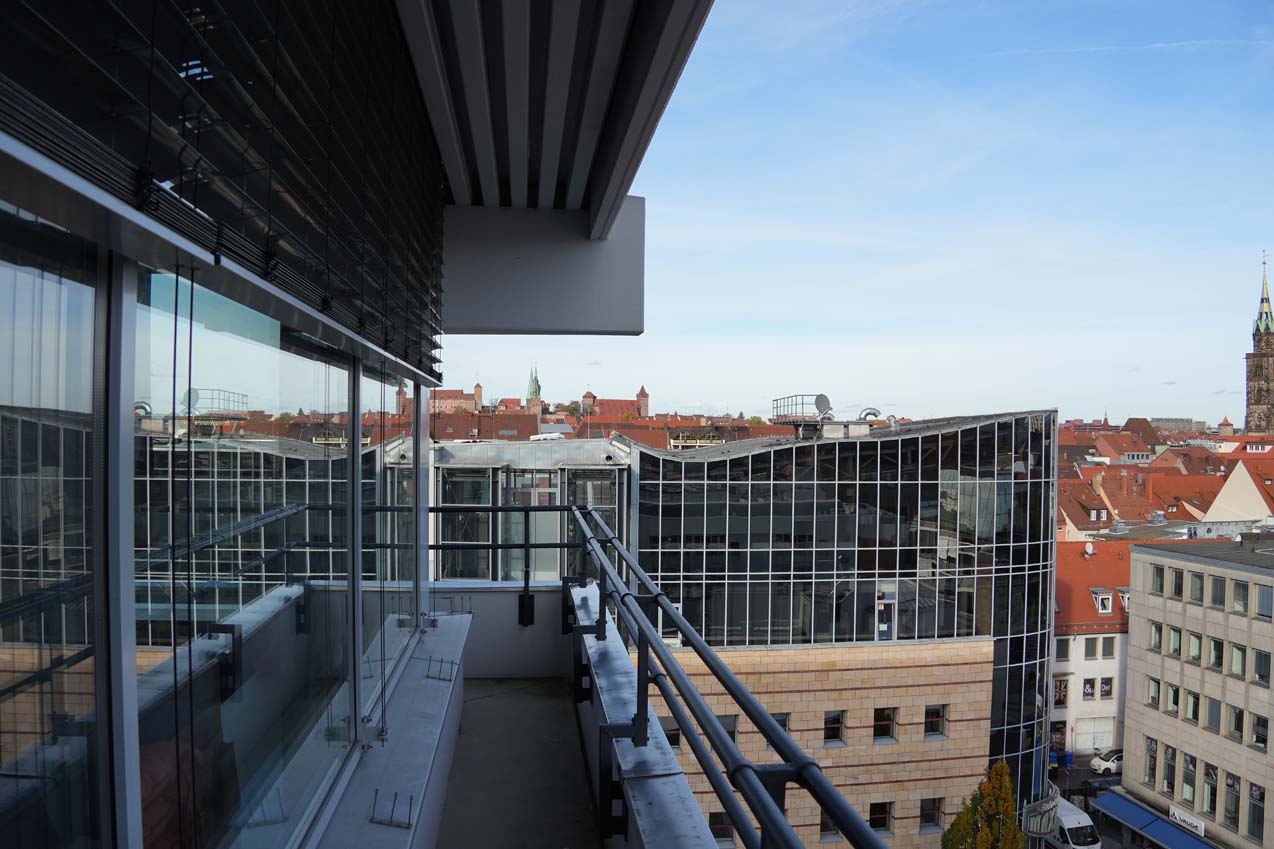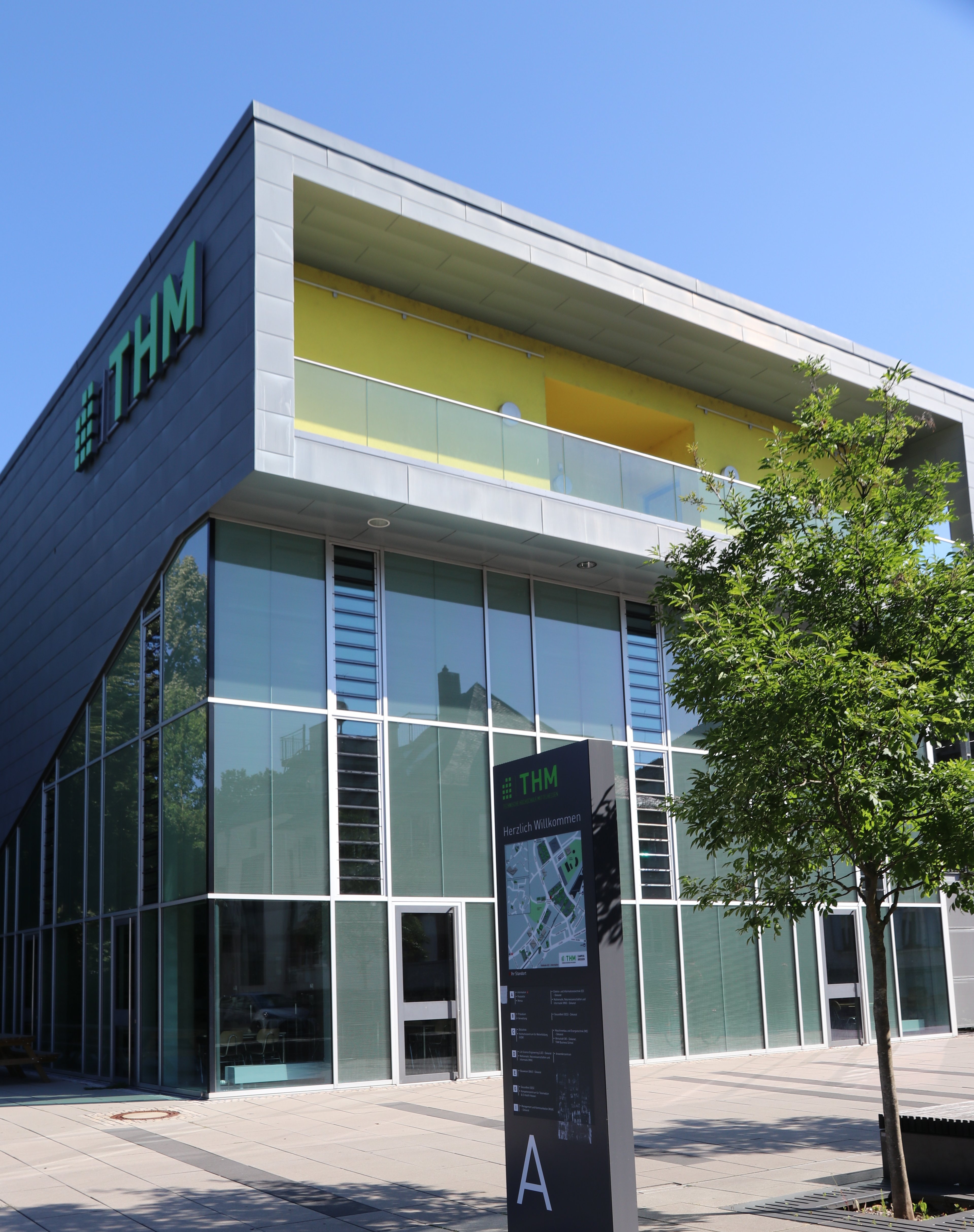When it makes sense for companies
Night setback is used to save thermal energy and the associated energy costs. The room temperature is simply reduced at night, thus lowering energy consumption at times when the rooms are not in use. Under "ideal conditions", up to 10 per cent of the heat energy demand can be saved in this way. In this article, you will learn in which cases night setback in companies makes sense and what the savings potential depends on.
How night setback works
Night setback reduces the flow temperature in the heating system by a few degrees Celsius. The prerequisite is a heating system with automatic time regulation and power reserves. As a rule, the heating systems are automatically regulated down at night and set to higher target temperatures again in the morning. Manual regulation is not practical in companies.
Night setback not only at night: finding the right time of day
Even if the name suggests it, night setback is not practical at night in every company. Rather, the periods during which your company is at a standstill are relevant. As a first step, you should therefore check all the buildings and premises in your company for their times of use in order to determine the setback times. The setback can take place in larger time windows of several hours outside the times of use.
The following applies: The larger the time window of the lowering, the more energy can be saved.
Due to the thermal inertia of the building envelope and the reaction time of the heating system, the reduction can already start one to two hours before the end of the time-of-use. However, it is equally important to raise the flow temperature to the desired temperature in good time, i.e. by the same time offset before the start of the next time-of-use.
The night setback does not necessarily have to take place in the entire building. Savings can also be achieved by lowering the temperature in individual parts of the building.
How to find out by how many degrees you can lower your heating system
The best way to test the temperature reduction is to do it step by step. Lower the temperature by one to two °C more with each test. Each time, check humidity and compliance with the desired temperature at the beginning and end of the period of use. If the temperature falls below the dew point and condensation forms on the edges of your windows, this is probably a sign that the setback temperature was too low. The risk of mold growth then increases sharply. The room temperature should therefore generally not be lowered to less than 15 °C.
If the target temperature is not reached at the beginning of the times-of-use, this is also an indication that you have fallen below the optimum temperature setting of your night setback.
The optimum has been reached when you have determined the lowest setback temperature at which the target temperature is maintained during the times-of-use and at the same time a drop below the dew point is avoided.
When is night setback of heating systems profitable?
Whether night setback is profitable is a matter of popular debate. Opinions differ. In particular, the reheating of the premises the next morning is cited as a reason why the process can be inefficient - sometimes even leading to higher energy consumption with correspondingly higher costs. But this is too short-sighted. Lowering the heating can make perfect sense in terms of energy. The following parameters are decisive for this:
Influential factor insulation
In particular, the building envelope and the insulation it contains is an important factor.
The following applies: the less insulation present, the more likely it is that night setback makes sense.
Since new buildings are almost always in a better position than old buildings in terms of insulation, the process is less interesting for companies located in new buildings. This is due to the fact that a minimum standard for the energy efficiency of a new building is specified. The Building Energy Act (GEG) specifies a maximum primary energy requirement of 60 kWh/m² per year.
Influencing factor heating system
The type of heating system also has an influence on how efficient a temperature reduction is. Heating systems with high efficiency losses outside their designed operating point tend to be less suitable for night setback. Systems that can be run at a different operating point without a large loss of energy and efficiently bridge the heating phase are relevant.
The different reaction times of the heating types must also be taken into account when determining the setback times.
Influencing factor outdoor temperature
Another factor is the outside temperature. The lower it is, the higher the savings potential of night setback.
Night setback: sensible or not? Take the test
To test whether night setback can lead to energy savings in your company, you can turn off your heating completely at outside temperatures of 0 °C for a time window outside of the hours of use. The lower the room temperature is at the start of the next time of use, the higher your savings potential.
As a rule of thumb, if the test results in a temperature difference of at least 3 °C, the time-controlled temperature reduction is worthwhile.
Would you like to delve deeper into the topic of energy saving? We would be happy to give you an insight into software-supported energy management. Feel free to contact us by phone at +49 (911) 430879-100 or send us an e-mail:

